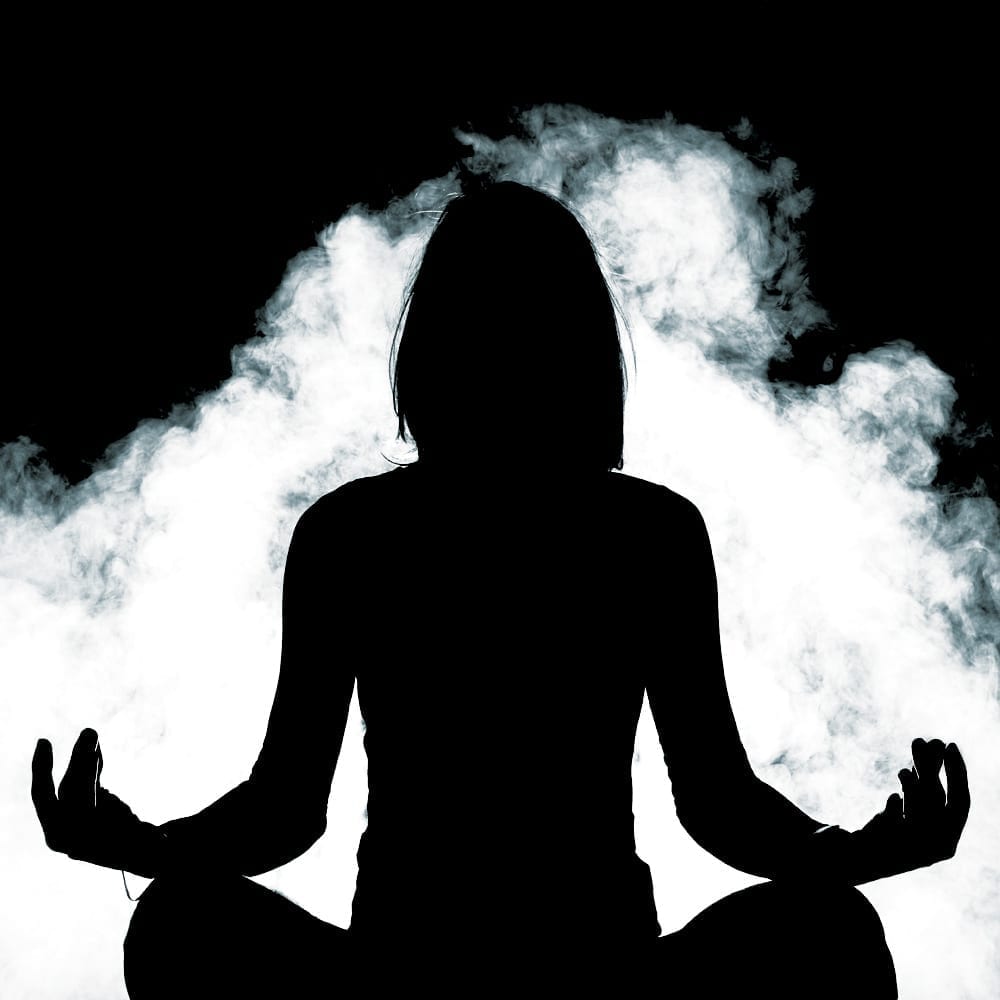
Our generation seems to be on an unexpected healthy-binge. With juicing and wellness retreats on the rise, the cannabis industry is a common denominator among these current trends. Considering it’s open usage in the holistic world, cannabis is typically used in many alternative natural remedies and health rituals. One of the newest additions to the craze is the combination of cannabis consumption with other beneficial and safe practices. The combination leading the pack: cannabis and yoga.
Considering the voiced-benefits of both, the joining shouldn’t come as a surprise. Regardless, the open usage and practice of the two is a newer talking point. Mainly due to those claiming its aid in medical problems. The topic is actually one of much debate but, the question remains, does it have a connection or not?
Believe it or not, the combined use in the U.S. actually started much further than this decade in a country across the ocean. Nearly a millennium ago, priests in India would use a sacred cannabis elixir, now commonly known as bhang, to honor the deity, Shiva. Shiva was also known as the Lord of Bhang (Cannabis). In reference to its use in spiritual ceremonies, Arcanna Flowers writes,
“In these ancient Indian writings, cannabis is referred to as “soma”. Soma was prepared and served in a ceremonial setting and was considered one of the most revered herbs due to its anti-anxiety effects. While there is no archeological evidence to support soma’s translation to cannabis, the text of the Vedas helps to ensure this widely accepted belief.”
So its combined use is proven but the positive impact is what causes the questionable attitude for many. Even strong advocates of cannabis have found themselves on two different sides of the fence; but, depending on the aimed experience and tolerance level of the average consumer the perspective can change.
Mindbodygreen’s Lindsay Kellner recently wrote about her experience with ganja consumption and yoga. As a consumer who doesn’t medicate regularly, the experience seemed to calm the social anxiety and inability to focus at the end of the day. In the book that peaked the interest in the activity, Ganja Yoga: A Guide To Conscious Relaxation, Soothing Pain Relief, and Enlightened Self-Discovery, yogis explain the benefits of creating a more focused exercise as well as its positive influence on mental and physical conditions. Newsweek recalls an interview by the New York Daily News with Dr. Jonathann Kuo, executive director of New York City’s Hudson Spine & Pain Medicine where he states: “From a medical standpoint, marijuana helps relax the airway and can actually help people breathe a little better. Some strains give you a body high and can make you more in touch with your body. Both help with yoga.”
Many practitioners in the U.S., as well as India, believe cannabis to be a great asset in relaxing before starting an exercise. Some, however, feel cannabis state-altering effects can take away from the very thing yoga intends to do.
Ayurvedic practitioner Dr. John Douillard goes more into detail with this in a recent Newsweek story.
“THC is considered tamasic in Ayurveda…Tamasic drugs hide things like pain and emotions.” In the piece, he explains that unhealthy lifestyles and overconsumption can wear on the mind, making it prone to addiction, withdrawal, dissociation, and self-medication with other drugs and alcohol. Douillard introduces vices as rajasic, something representing passion, present, or excitement. Those recreational vices can be jeopardized in a tamasic state as the mind tries to reestablish a sense of safety and can become dependent, if not monitored. Douillard, who leads an Ayurveda 101 course feels, “Marijuana was used in some spiritual settings to help still the mind, but never for any length of time because of the tamasic dullness of the mind it can create.”
Douillard may believe that cannabis can dull one’s creativity but, many can argue it does just the opposite. Overconsumption can make anything that was once beneficial go on to lose its value. Maybe cannabis and yoga have a similar relationship. With Kellner’s experience, the numbness seemed to benefit some while in Douillard’s studies he found the opposite. It could all honestly lie with the user and their personal tolerance level. It wouldn’t be an unbelievable argument either considering a national standard for the plant has yet to be established.
In the end, you have to admit that the combination cannabis and yoga has shown some strong benefits towards anxiety and stress, at the very least. Though more research may be needed to confirm this, there is no better proof that an actual personal testimony of a positive change. At the end of the day, however, research is what gets legislation introduced and passed. Get out and see what yoga can do for your consumption experience and open the door for more conversation for the topic in your state.





